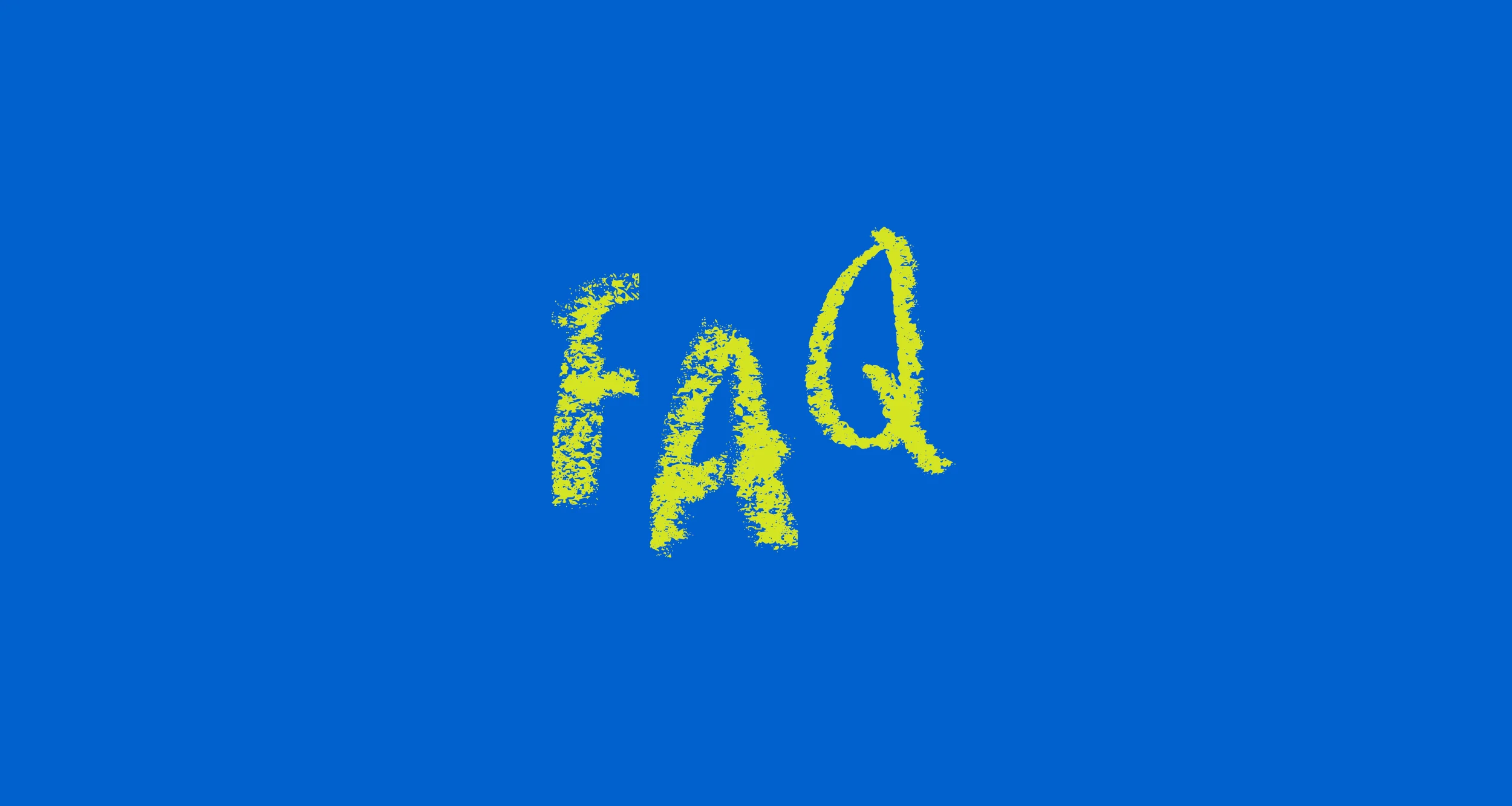Sure. The phrase “Paper Towns” is used in three different ways in the three different parts of the novel.
In the first part, “The Strings,” Margo and Q use the phrase “paper town” to refer to Orlando, and Margo calls it a “paper town” because it’s flimsy and planned—from above, Orlando looks very much like a city that someone built out of origami or something. But of course what Margo’s REALLY doing by using this phrase is giving Q a clue. She’s doing a lot of things that night that he misreads, and this is one of them.
In the second part, “The Grass,” Q discovers a new meaning for “paper towns.” He learns that they can refer to subdivisions that were started and then abandoned—subdivisions that exist on paper but not (entirely) in real life. These abandoned subdivisions are pretty common in Florida.
In the final part, “The Vessel,” Q learns a third meaning of “paper towns,” this weird cartographic phenomena wherein mapmakers will insert fake places (called copyright traps or paper towns) onto their maps to make sure no one is copying their maps. It is through this that he eventually finds Agloe, a town that was fake but then made real by virtue of having been put on a map, and in doing so finds Margo.
Basically, I wanted a different definition of “paper towns” for each section of the book, each representing a different way of his imagining Margo. In the first part, he’s viewing Margo very one-dimensionally. She’s paper-thin to him; she is nothing but the object of his affection. In the second part, he’s seeing a girl who’s half there and half not—so he’s thinking about her with more complexity but still not really thinking of her as a human being. In the final part of the novel, his complex imagining reconnects him to her, albeit not in the way he might’ve hoped.
